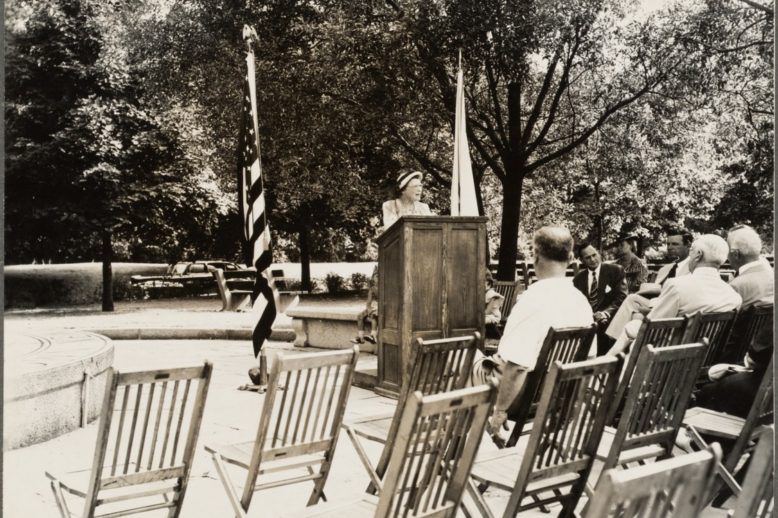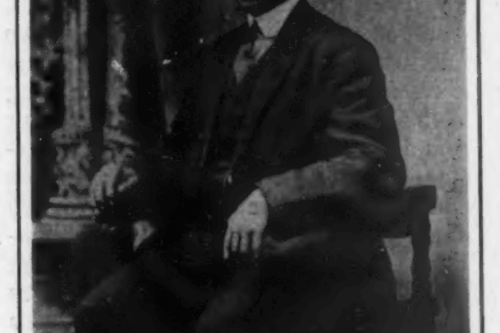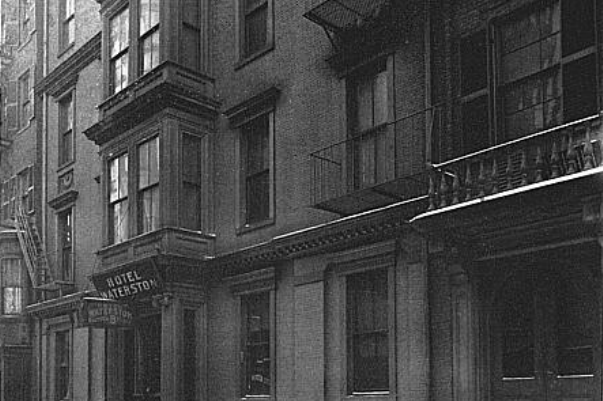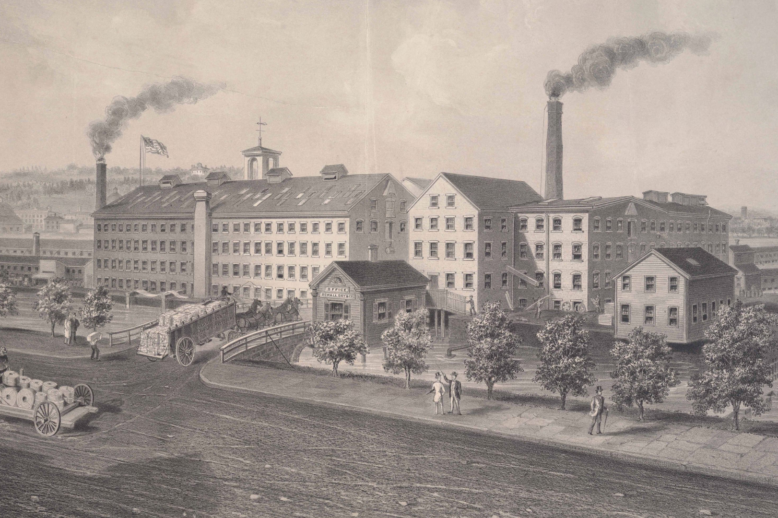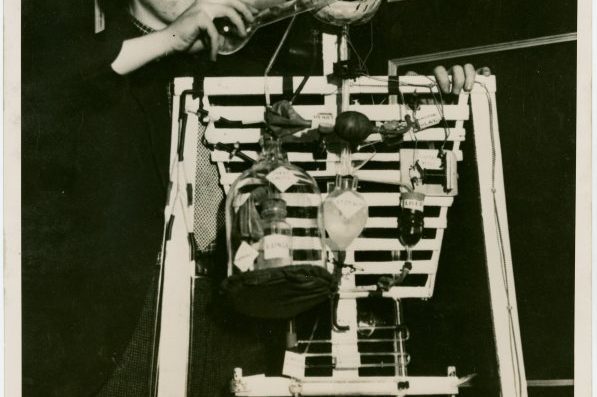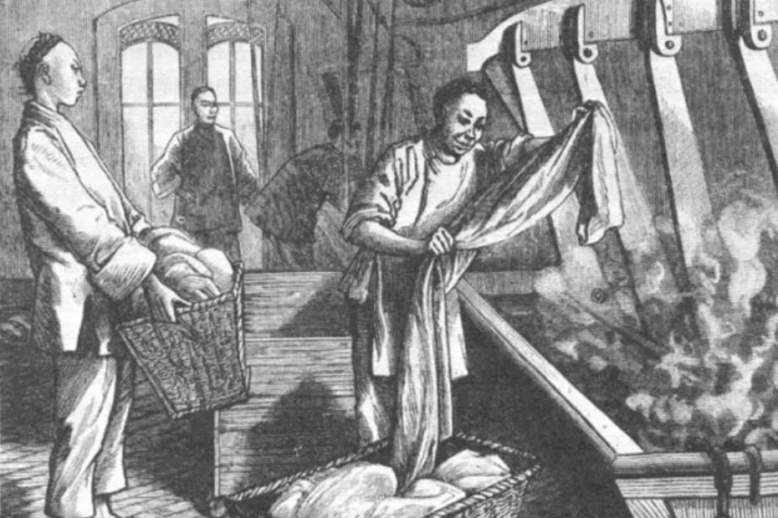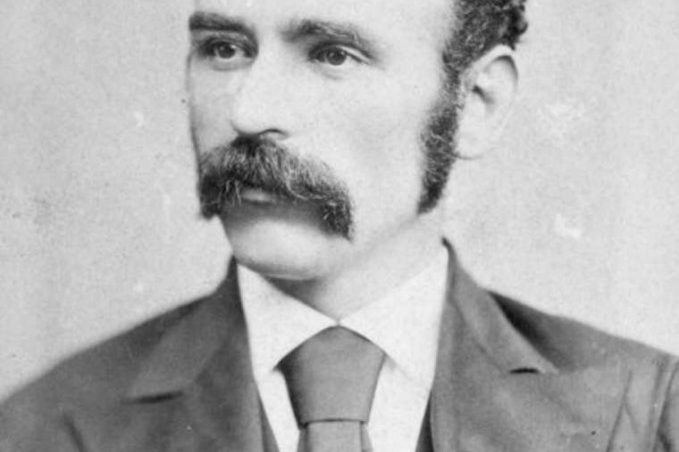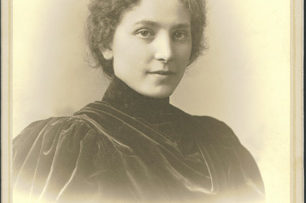Era: Immigrant Neighborhood (~1880-1960)
Immigration, first, second, and third-generation Americans, Settlement Houses, Irish politics, etc.
Fanny Goldstein, as head librarian of the West End Branch library from 1919 to 1957, bridged the West End’s diverse communities through literary exhibits and events such as “Jewish Book Week.” Goldstein, who immigrated from Russia as a young child and resided on Joy Street, was a true West End community leader.
George Washington Forbes was hired by the West End Branch of the Boston Public Library when it opened in 1896, and thus became the first Black librarian working in the BPL system. At the West End Branch, Forbes served the neighborhood’s Black and Jewish communities until his passing in 1927.
The Hotel Waterston, built in 1874 through a remodeling and expansion of the Charles Bulfinch House on 8 Bulfinch Place in the West End, maintained Bulfinch’s facade while adding additional stories. The Waterston had many prominent guests, including Walt Whitman, during the late nineteenth century, and the hotel stayed in business until it was demolished by urban renewal in 1961.
A digital reframing of “Ropewalks of the West End and Beyond”, an 2012 exhibit designed and written by Duane Lucia and Tom Burgess.
At New York’s 1939-40 World’s Fair, a young man from the West End presented the Chemical Man, a working model of the human digestive system.
Chinese immigrants owned and operated laundries in the West End during the nineteenth and early twentieth centuries, an under-emphasized aspect of the historic neighborhood’s multi-racial and multi-ethnic diversity.
The West End branch of the Land League made political and financial contributions to the original Land League in Ireland, an organization of tenant farmers and Irish nationalists that resisted high rents and evictions in the 1880s.
Senda Berenson, the “Mother of Women’s Basketball” in the United States, grew up in the West End after her Lithuanian family moved to the neighborhood in 1875.


